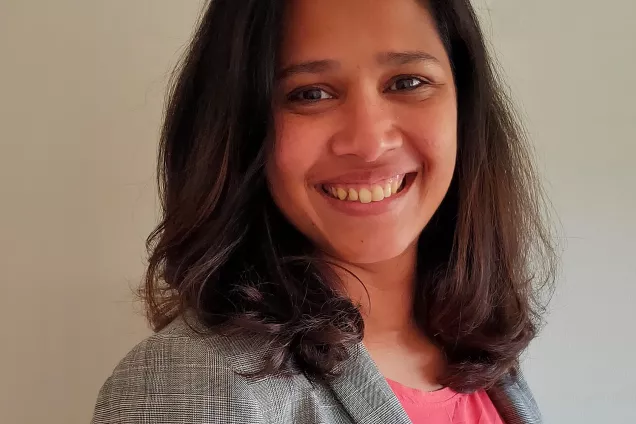Breast cancer risk prediction by combining radiographic features and transcriptomic data using the Malmö Breast ImaginG database
Mammography screening aims at reducing breast cancer mortality through early detection. Breast cancers that are missed or masked during the regular screening are often detected at later stages. Understanding the biology of different types of breast cancer in relation to the mammographic features will aid in early detection consequently improving the patient prognosis. To formulate radiological risk models and also aid in the development and validation of new AI-based image analysis algorithms, our group compiled the Malmö Breast ImaginG database (M-BIG). The main aim of this project is to identify clinically relevant associations between breast tissue features in the mammographic images with molecular characteristics to aid in formulation of molecular subtype specific risk prediction models.
About 60% of breast cancers in Sweden are detected through breast cancer screening with mammography (Socialstyrelsen, Cancerfonden. Cancer i siffror. 2018. p. 28-30). Despite early detection with mammography screening and improved treatment options, breast cancer is the second leading cause of cancer-related deaths among women in Sweden. Current breast cancer risk assessment models use combination of hereditary, lifestyle factors and mammographic features (like breast density, microcalcifications, masses) to stratify women in different risk groups. IncorporatingAI assistance to traditional mammographic image features might improve the efficiency of the existing risk prediction models. Risk prediction based on a potential change in breast density and parenchymal texture over a longer period (i.e. repeated screening rounds) has not yet been investigated to our knowledge.
The M-BIG database contains digital mammography and digital breast tomosynthesis examinations of women at the mammography clinic in Malmö acquired during the time period 2004 - 2020. For women diagnosed with breast cancer, the database features pre and post treatment mammographic images. Currently, the database contains a total of 451,054 examinations from 104,791 women. In this project, we aim to link the transcriptomics data from the SCAN-B cohort (https://www.scan-b.lu.se/om-scan-b) to the mammographic data in M-BIG. The ability to relate mammographic features to the risk of being diagnosed with certain molecular subtypes or other biological features of breast cancers would add to the knowledge of the biology of breast cancers aiding in individualised screening and primary prevention strategies. By the linkage of M-BIG database to the SCAN-B cohort we envision to create a research platform that can be used for multidisciplinary research.

Maria Inasu
maria [dot] inasu [at] med [dot] lu [dot] se

